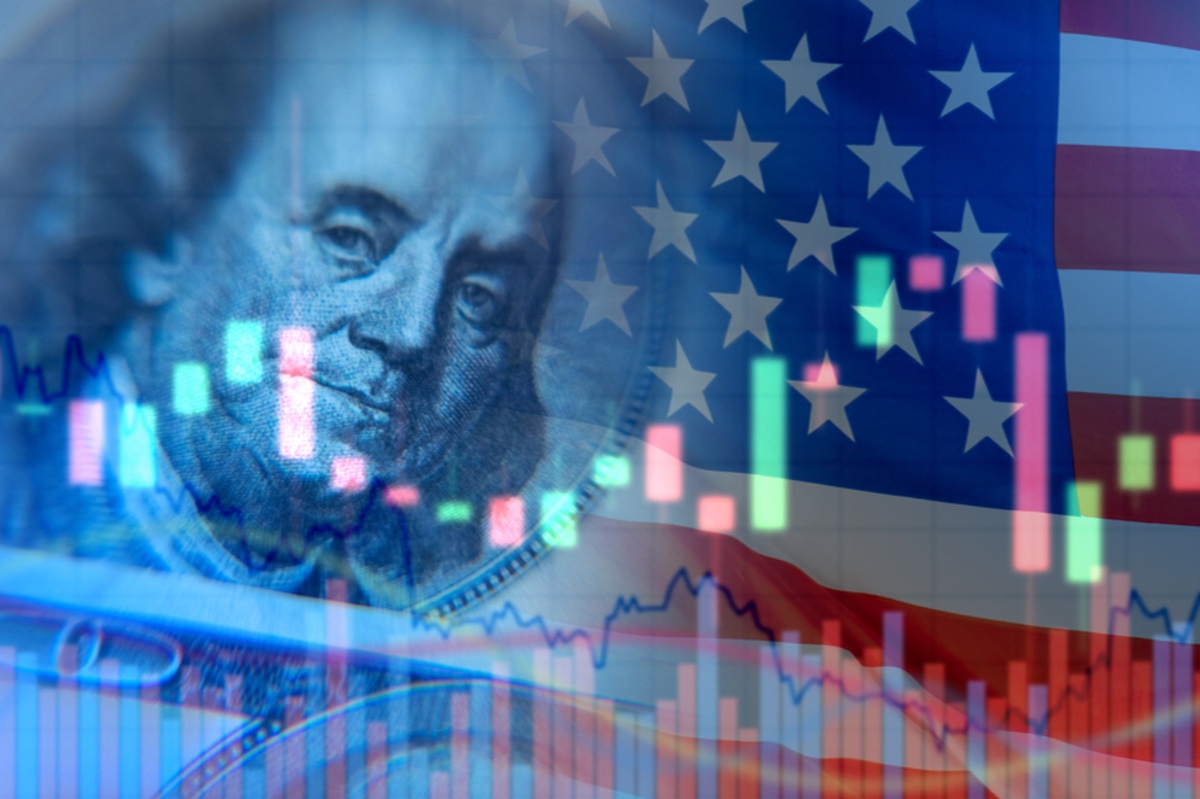The U.S. economy experienced a sluggish growth of 1.3 percent in the first quarter of 2024, according to the latest data from the government. This marks the weakest quarterly pace since the spring of 2022, a downgrade from the previous estimate of 1.6 percent growth.
Consumer spending rose, but at a slower pace than previously thought, indicating that high interest rates and lingering inflation are putting pressure on household budgets. The Commerce Department had earlier estimated that the nation’s gross domestic product (GDP) – the total output of goods and services – expanded at a 1.6 percent rate in the first quarter.
Sharp slowdown from the previous quarter
The first quarter’s GDP growth represents a sharp slowdown from the robust 3.4 percent rate in the final three months of 2023. This pullback was mainly driven by two factors: a surge in imports and a reduction in business inventories, both of which tend to fluctuate from quarter to quarter. The report showed that imports subtracted more than 1 percentage point from last quarter’s growth, while a reduction in business inventories took off nearly half a percentage point.
Consumer spending on goods declines
On the other hand, consumer spending, which accounts for about 70 percent of economic growth, rose at a 2 percent annual rate, down from 2.5 percent in the initial estimate and from the 3 percent-plus rates in the previous two quarters. Spending on goods such as appliances and furniture fell at a 1.9 percent annual pace, the biggest such quarterly drop since 2021.
Services spending rises, business investment increases
Meanwhile, services spending rose at a healthy 3.9 percent clip, the most since mid-2021. Additionally, an uptick in business investment, led by housing, software, and research and development, added more than 1 percentage point to first-quarter annual growth.
Read more: U.S. consumer confidence index climbs to 102.0 in May, but inflation concerns linger
Inflation pressures persist
The measure of inflation in the January-March GDP report was revised slightly downward from the government’s original estimate. However, price pressures still increased in the first quarter, with consumer prices rising at a 3.3 percent annual pace, up from 1.8 percent in the fourth quarter of 2023 and the highest in a year. Excluding volatile food and energy costs, the so-called core inflation rose at a 3.6 percent clip, up from 2 percent in each of the previous two quarters.
Outlook for the current quarter
The Commerce Department will issue its first estimate of the current quarter’s economic performance on July 25. According to a forecasting tool from the Federal Reserve Bank of Atlanta, economic growth is on track to accelerate to a 3.5 percent annual rate from April through June.
For more news on the economy, click here.




